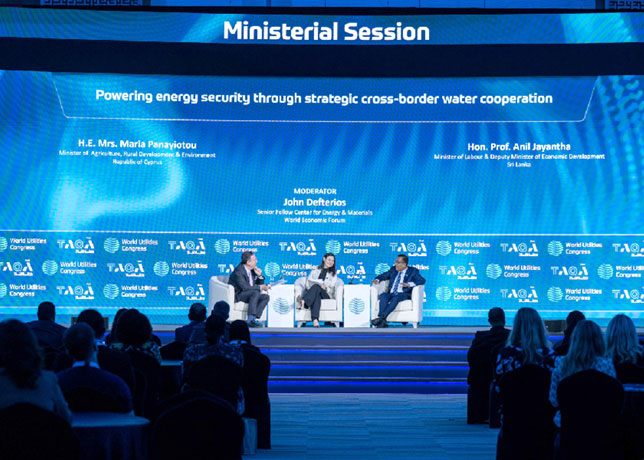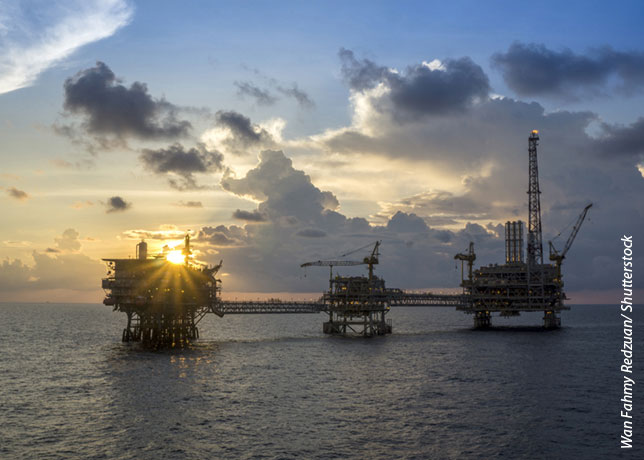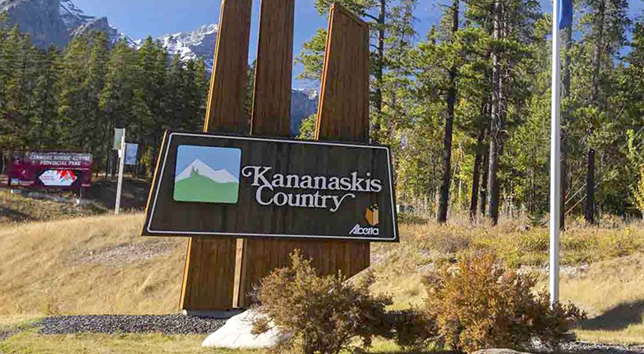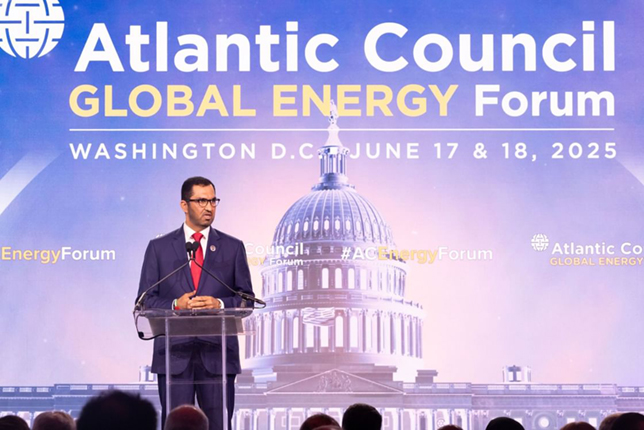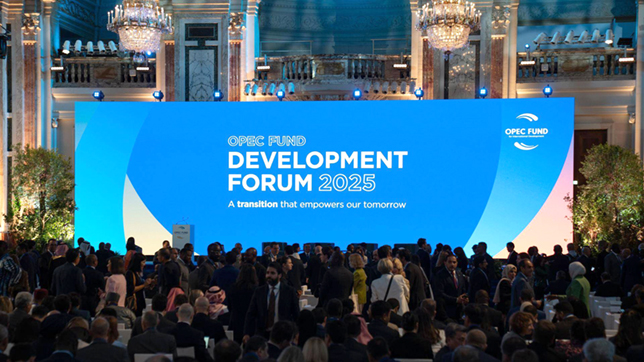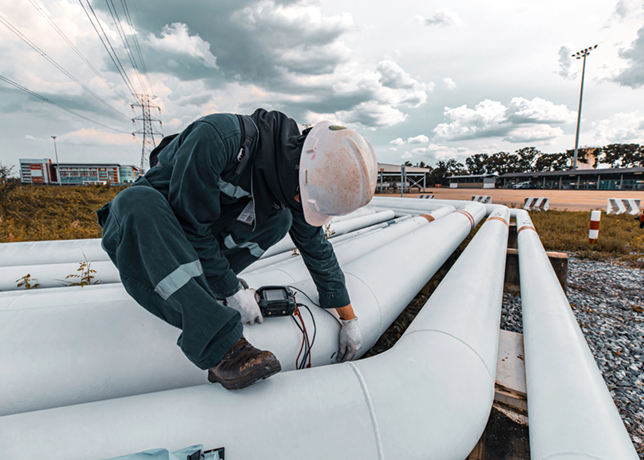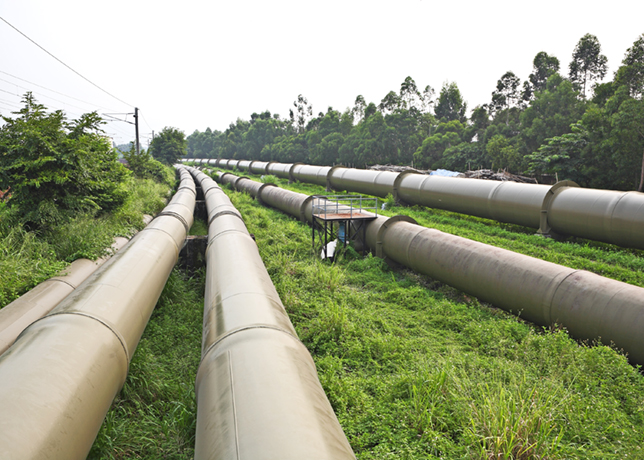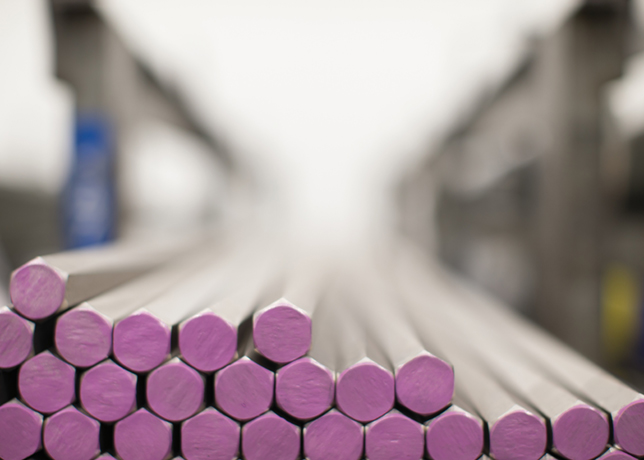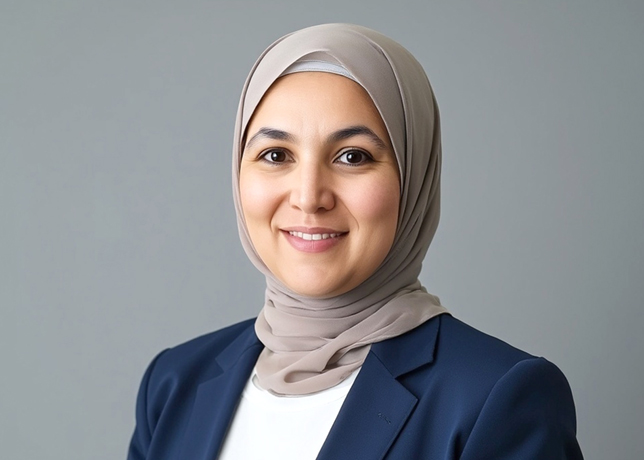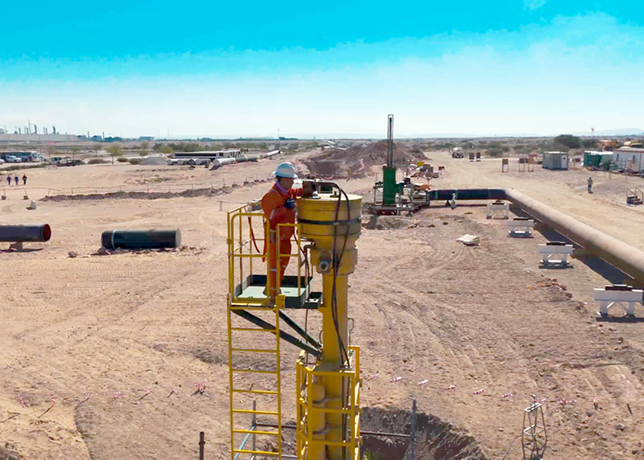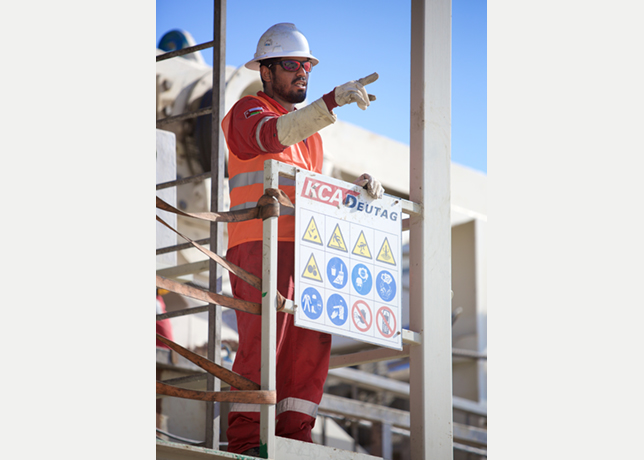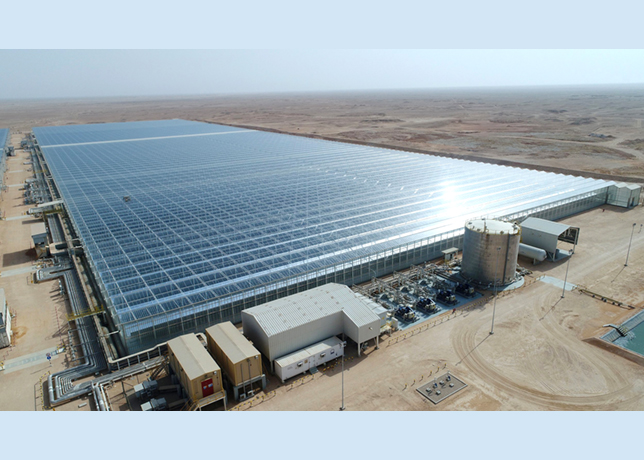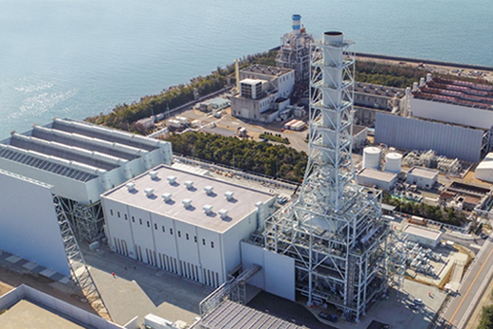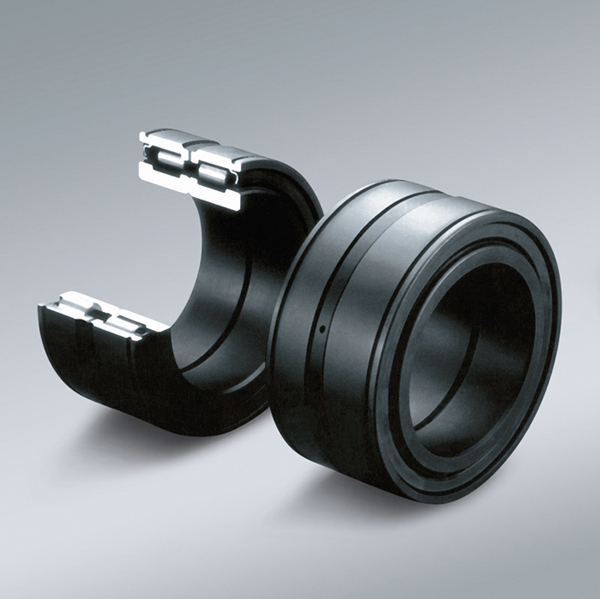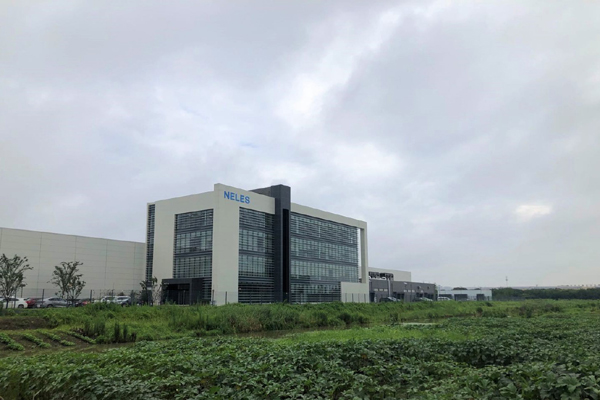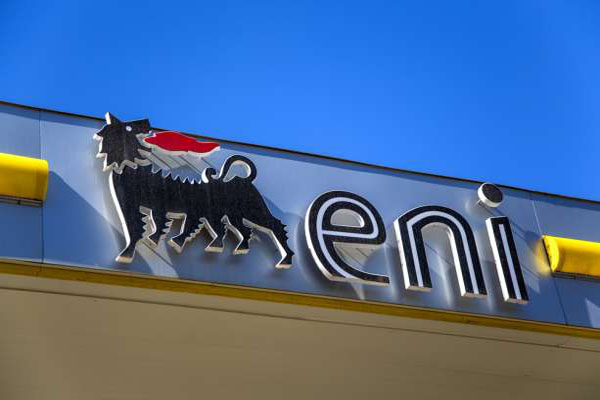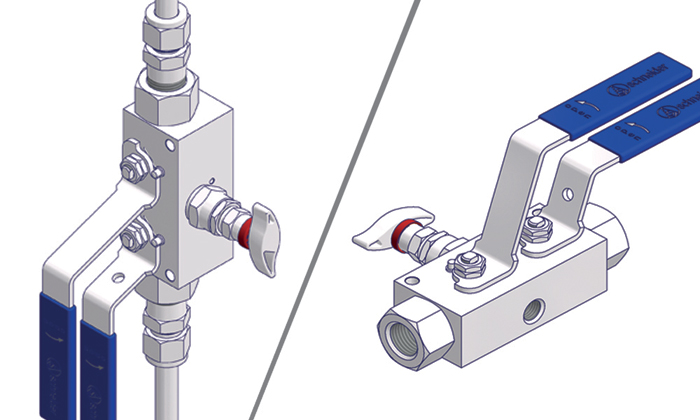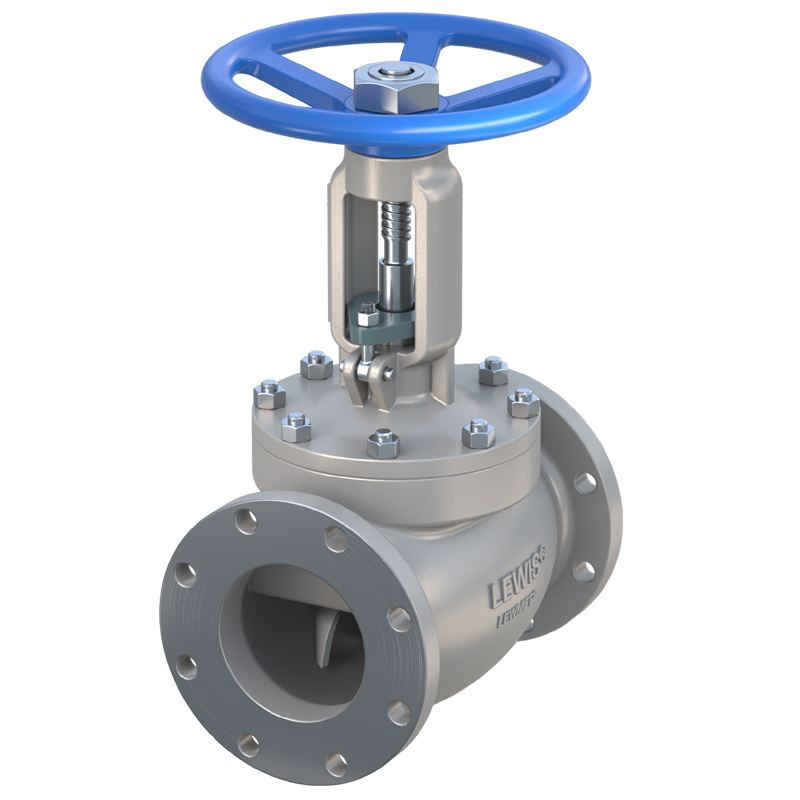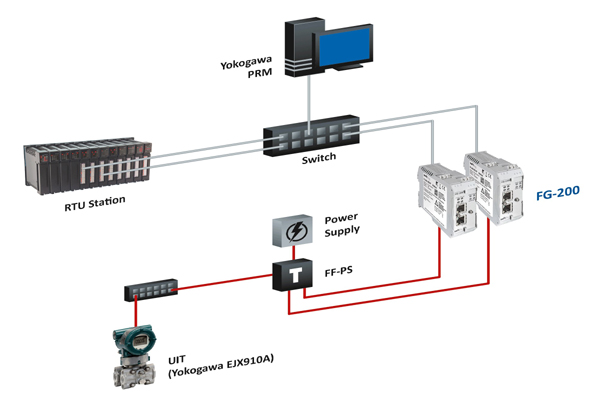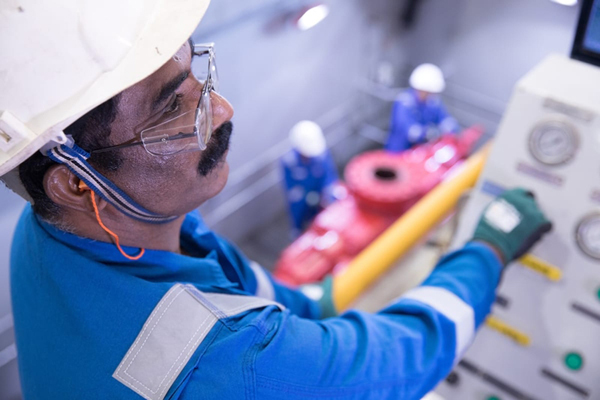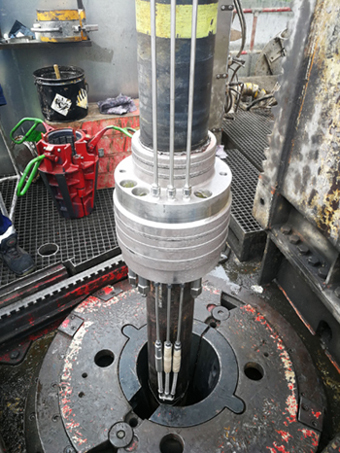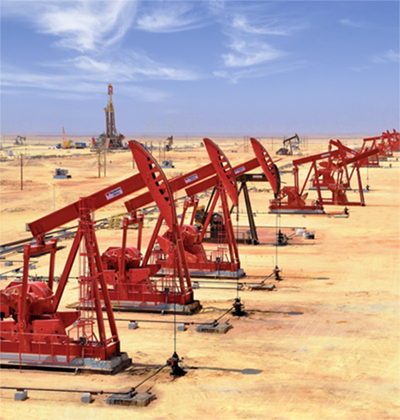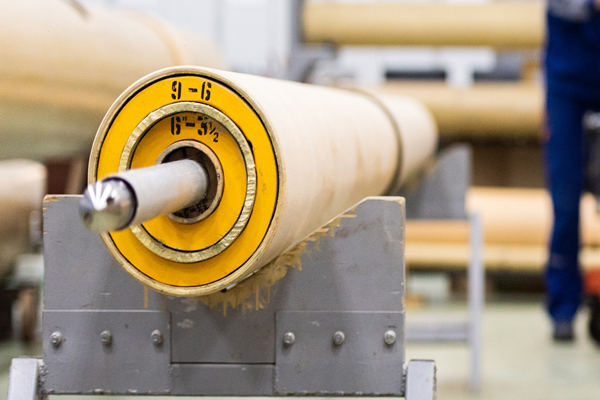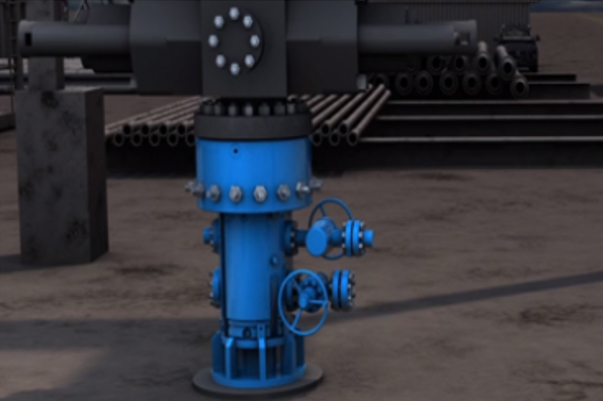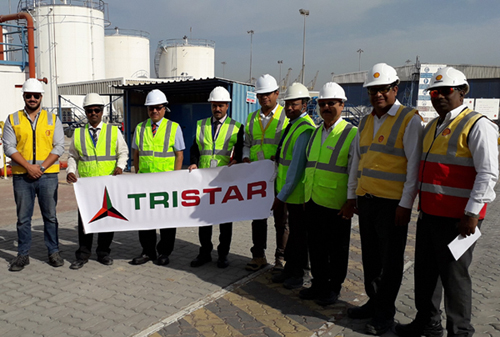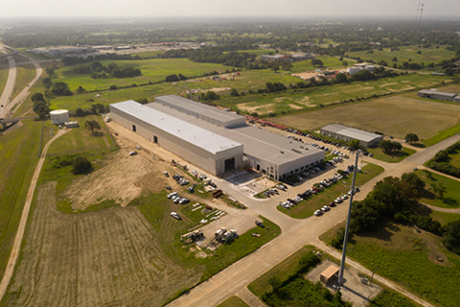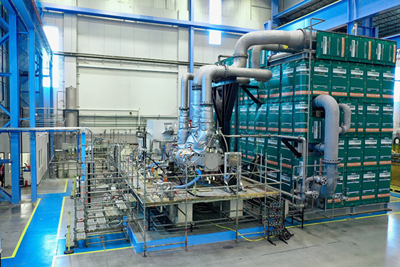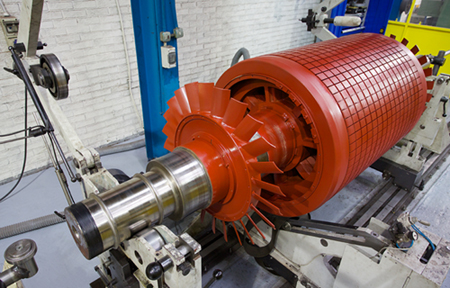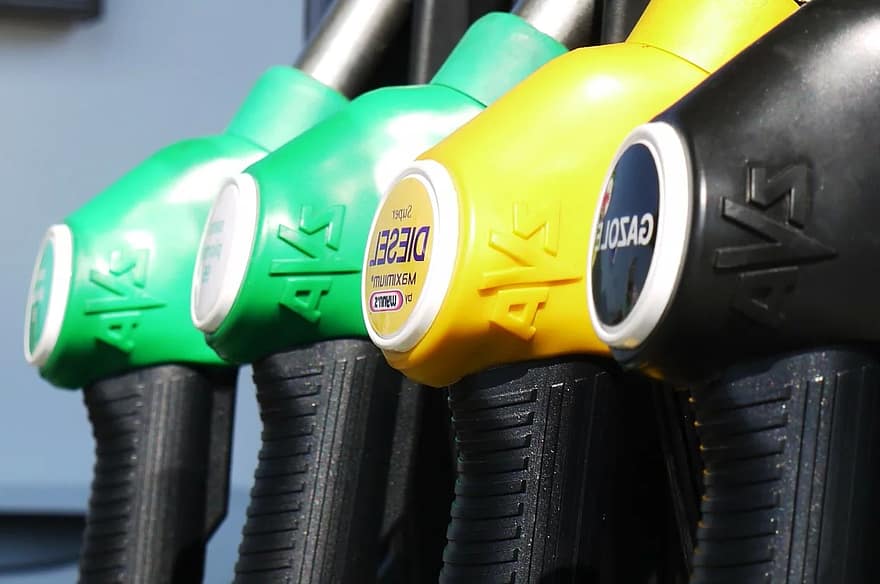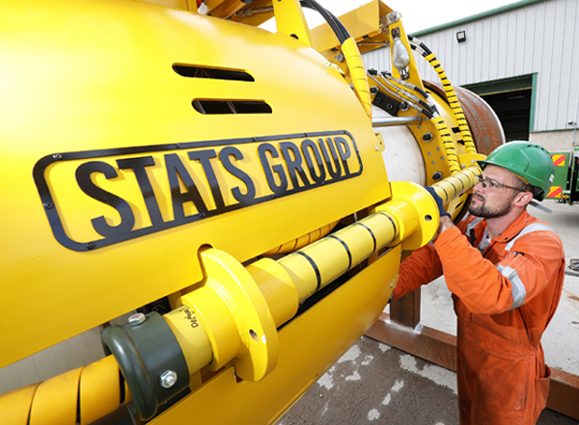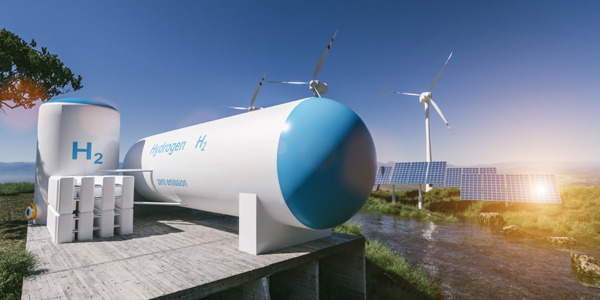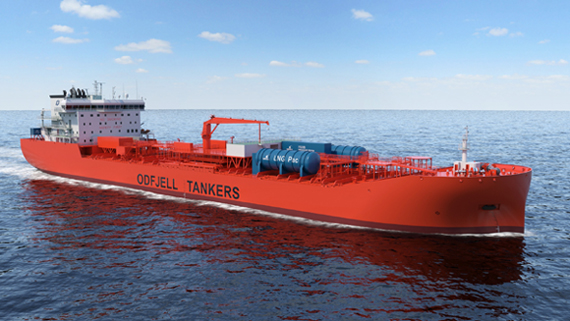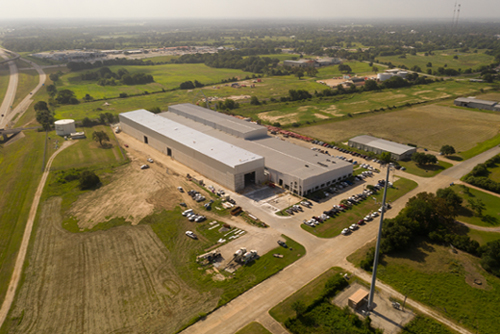
 Kuwait could benefit from the technological know-how of foreign firms
Kuwait could benefit from the technological know-how of foreign firms
A pilot project to tap extra heavy crude reserves by steam injection in a zone shared by Saudi Arabia and Kuwait could boost reserves in that area by around 20 per cent, experts said.
And if successful it would highlight the role foreign firms can play to open up new capacity in the Middle East, some added.
Last year, Chevron Corp began a steam injection pilot project in the Wafra field in the Neutral Zone to loosen sludge-like heavy oil that was previously deemed unrecoverable.
“The first phase of the pilot project is now under way. It involves one steam injection well, four production wells and one observation well,” Chevron said.
“What is learned from this first phase will be incorporated into the second, larger phase. The second phase entails drilling 16 injection wells and 25 producing wells.”
Chevron declined comment on the potential recovery rate or the potential of moving to commercial output. It did not give a timetable for the second phase of the $300 million project.
Sadad Husseini, a former top official at state oil firm Saudi Aramco, said the project was an important experiment but that quantities of crude reserves in top exporter Saudi Arabia that would benefit from the technology were not very huge.
“If we boost reserves it will not be more than one billion barrels. But for Wafra and the Neutral Zone it is important because the reserves there are around 5 billion and if you raise them by one billion, that is 20 per cent,” Husseini said.
“A lot will be learned from it, but the project is way ahead of its time for Saudi Arabia. It’s a preparation for two decades ahead and is of very little use for conventional reservoirs,” he added, referring to the Ghawar and Safaniyah fields that produce around 65 per cent of the kingdom’s crude oil.
The process involves injecting steam into a reservoir to reduce the viscosity of extra heavy oil, defined as less than 22 degrees API. As steam penetrates the reservoir, oil becomes less viscous and can be pumped through production wells.
Saudi Oil Minister Ali Al Naimi told the Wall Street Journal that if steam injection works, it would add “tens of billion of barrels” to Saudi reserves. He said many heavy-oil fields are not included in the official reserves tally of about 260 billion barrels, nearly a quarter of the world’s total.
Chevron has used steam injection for decades to boost output from heavy-oil fields in California and Indonesia. The Saudis and Chevron want to see if the technique will work in the more porous rock formations common in the Middle East.
“This (project) is more symbolic than significant for Saudi production. It shows how much potential the Middle East has to produce more oil than the easy, light oil in the giant fields that we are used to,” Manouchehr Takin, senior petroleum upstream analyst at Centre for Global Energy Studies, said.
“This extra heavy oil and other unconventional methods can produce a whole realm of reserves and production.”
Takin also said the Neutral Zone showed how effective a role private firms can play to help countries boost oil production.
“Compared to the size of reserves in the Neutral Zone, production is high and that is because for many decades it has been developed and operated by private oil firms that are not there under service contracts to do a short-term job,” he said.
Husseini said Gulf producers like Kuwait and the UAE could benefit from the technological know-how of foreign firms, but said steam injection was costly and may not work for the well depth and spacing needed in the region.
“It is not a low cost recovery strategy, especially with the cost of wells today. If you have to drill 7,000-8,000 foot wells in very close patterned spacing for 50 to 100 barrels of output, you have a lot of very expensive low capacity wells.
“The technology may be important in some shallow fields in Iran and Iraq, but in Kuwait, the UAE and Saudi Arabia it is very experimental and there are other higher priority technologies,” he said.










